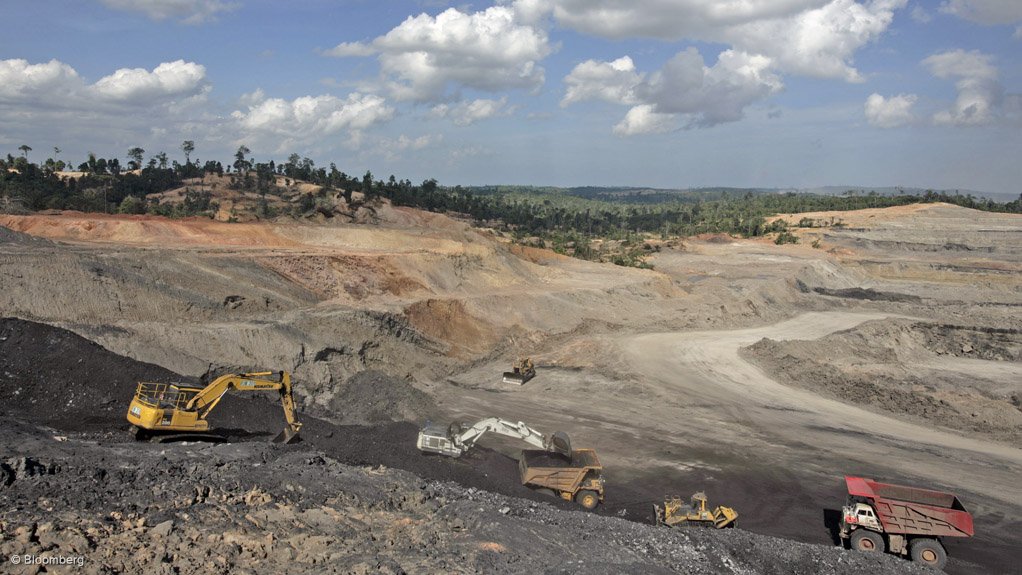Mining companies operating globally need to pay greater attention to their social licence to operate in terms of the environmental, social and governance (ESG) factors associated with their projects, says mining industry consultant MSA principal environmental consultant Robin Bolton.
Understanding performance indicators, such as sustainability, ethical and corporate governance issues in the ESG sphere, as well as the consequences of not considering these adequately before and during mining to ensure that systems to guarantee accountability are in place, can significantly reduce future challenges and expenditure, adds MSA principal consultant Philip Mostert.
“In our view, a licence to operate needs to consider ESG consequences. These factors are linked and you need solutions for them all,” he says.
However, the ESG concept is not often considered, apart from in acquiring a social licence to operate, despite its becoming a key concept in industry, says Bolton, suggesting that the planning of a mine with these performance indicators in mind is as important as the planning of the project itself.
“Unfortunately, there is not a lot of information on how to incorporate ESG risks into mine planning and this gap must be filled,” he says.
Bolton warns that people in the industry often do not understand how easily problems flair up in the mining sector.
Severe Consequences
Bolton cites the tailings dam disaster in 2015 of iron-ore miner Samarco – owned by mining giants Vale and BHP Billiton in a joint venture – as an example.
Nineteen people were killed, dozens were injured and hundreds of people were displaced when the tailings dam burst, releasing mining waste and causing a mudslide.
This demonstrates the importance of site selection that takes into account environmental and community factors.
Bolton suggests that, if an alternative site had been selected to construct the dam in a less socially and environmentally sensitive location, although the capital and operational costs may have been greater, the financial and reputational consequences would have been less. It is the weighing up of ESG factors versus initial costs that is becoming key.
Financially Advantageous
An example of a favourable outcome, where ESG performance indicators were considered when developing a mine, is the construction of a mine access road in Tanzania, says Bolton.
He explains that the planned road passed through a village, where houses that were located in close proximity to the road were set to be demolished.
Bolton says, owing to the potential social disruption that this could result in, as well as the potential link to the development of the mine and, in turn, reputational damage, the mine planners decided to search for an alternative route, which turned out to be cheaper to construct, created access to isolated villages and involved considerably lower social risks than the initial road.
Although environmental regulations, such as South Africa’s National Environmental Management Act, exist, these often do not specify or indicate to what degree mines must interact with surrounding communities and it is not prescriptive of the extent of social, economic or environmental risk assessments.
Mostert states that, although South Africa has progressive legislation in terms of environmental protection, policies change too often.
Companies are abiding by legislation, but not applying best practice as they exploit loopholes in legislation and do not consider the consequences, as the law cannot hold them accountable.
An example of how a mine adhered to governance but did not fully consider the social risks is the Marikana incident of 2012, when 34 mineworkers were killed by the police during an illegal strike at platinum producer Lonmin’s Marikana mine, near Rustenburg, in the North West province, MSA environmental scientist Anele Mvuyane tells Mining Weekly.
“If the mine adequately considered the social impact it had on the community and had planned for social issues sometimes being accompanied by civil unrest, the situation might have been handled better,” she says, asserting that planning for these situations is just as important for the financial wellbeing of a mine as the traditional factors.
Bolton explains that local and foreign lenders are putting great emphasis on environmental and social risk.
In recent years, he says investors have started to regard these issues as more important than the technical aspects of mining.
“This just shows the importance people are placing on responsible mining from an ESG perspective.”
ESG factors have immense influence on risk management for operations of any size.
Instead of merely focusing on the financial resources or the funding of a mine, companies should focus on capital for sustainable developments.
Model to Neutralise Risk
Mvuyane advocates the use of the five- capital model of sustainability, which comprises natural capital, or the environment; social capital, or the circumstances of surrounding communities; human capital, or the enforcement of governance; financial capital; and manufacturing capital, which deals with the operation of the actual mine.
“Investors and the mining industry should realise that to understand their appetite for risk, they must consider these aspects as equally important in their mine planning. Basically, they need to realise that the environment is the basis of any economy.
“Unfortunately, it seems that there are still companies which have little regard for environmental or social issues, as such issues are still too often subjective and it is difficult to put a price tag on them,” Mvuyane concludes.
Edited by: Tracy Hancock
Creamer Media Contributing Editor
EMAIL THIS ARTICLE SAVE THIS ARTICLE
ARTICLE ENQUIRY
To subscribe email subscriptions@creamermedia.co.za or click here
To advertise email advertising@creamermedia.co.za or click here















